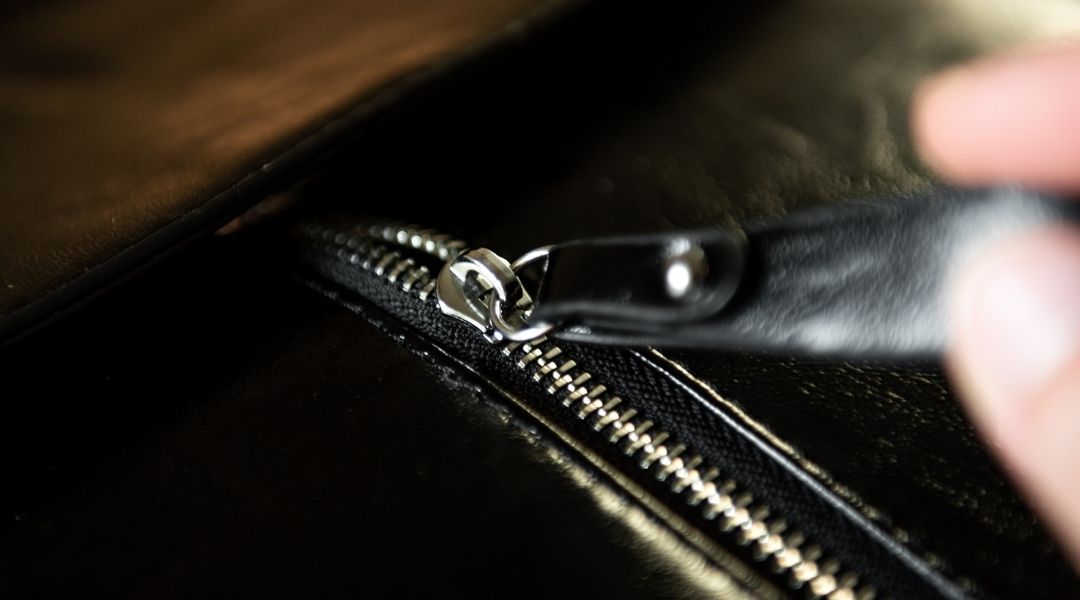
It might surprise you to learn that zippers are complex devices made up of various components. All of their parts work together to keep materials stuck together. A well-working zipper is strong, flexible, and easy to use while complimenting the item it is zipping.
One thing to consider about your zippers is their ability to “lock.” The terms “locking” and “non-locking” refer to how a slider stays in place. Depending on the item, one type of zipper might be better than the other. Explore the differences between locking and non-locking zippers to understand the various elements of your favorite zipped things.
As the name suggests, locking zippers have sliders that “lock” in place. This means that they will not move even when you manipulate other parts of the zipper. A pin installed inside the zipper slider sits between teeth to prevent movement until you pull the zipper tab.
Sometimes tension within an item can put pressure on a zipper, allowing it to open. Locking zippers prevent this from happening. These kinds of zippers work well on things that need more security and usually exist on things like:
The main difference between locking and non-locking zippers is the presence or absence of the locking pin. Unlike locking zippers, non-locking zippers have a mechanism that keeps the slider from moving. This type of slider will move if you pull on the zipper tape or manually separate the teeth.
While a locking mechanism securely binds materials together, non-locking zippers have more freedom to move in any direction. They are less likely to “stay put” when any kind of pressure tries to push it out of place. However, these zippers operate well with things that people need to open or close quickly, such as:
Understanding the various types of zippers allows you to make good decisions about your zipper-related projects and items. Fix N Zip is here to help you make those choices and fix any problems you may encounter along the way. Happy zipping!
